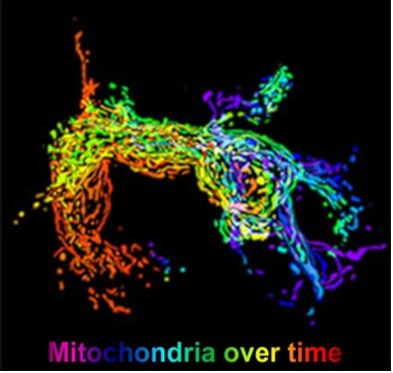Howe Lab
Cellular interactions with the extracellular matrix (ECM) modulate nearly every major cellular behavior, including growth, division, survival and movement. A prime example of this is anchorage-dependent growth, a characteristic of most normal cells whereby division is prevented and survival is compromised in the absence of interaction with a physiologically relevant ECM. Importantly, the loss of this trait is a hallmark of malignant tumor cells and correlates with their metastatic potential.
In addition to binding to and interpreting the composition of their ECM, both normal and tumor cells can sense not only the composition of the surrounding extracellular matrix (ECM), but also the topography, rigidity, and anisotropy of the ECM. Moreover, cells dynamically react to changes in applied force or tension generated by, or in response to, ECM dynamics. Cells respond to extrinsic forces from the ECM by modifying their behavior, remodeling the ECM itself, and exerting counter-tension through actomyosin-dependent contractility.
In normal cells, this ‘mechanoreciprocity’ is in controlled equilibrium and is important for tissue homeostasis. In tumor cells, however, mechanical changes in the environment are exploited to facilitate local growth, invasion, and spread. In fact, the loss of mechanical tissue homeostasis can also often serve as a hallmark of neoplastic disease. However, the molecular mechanisms through which cells sense and respond to the mechanical nature of their ECM are not well understood. Furthermore, while the importance of microenvironmental tension for the pathogenesis of breast cancer has been elegantly established, its importance for the pathogenesis of other cancers is poorly understood. Research focuses on the mechanisms through which cells sense and interpret their extracellular environment and the signaling pathways through which these environmental cues control cell shape and movement. We are especially interested in how localized changes in the extracellular microenvironment and the intracellular metabolism regulate the progression, invasion, and dissemination of cancer.

Two major projects in the lab are:
* Investigation of the interplay between mechanotransduction and classical second messenger signaling pathways in the regulation of cytoskeletal dynamics and invasive behavior
* Investigation of how and why mitochondria are recruited to the leading of cells during migration and invasion.
We use a variety of molecular and cellular techniques; including live-cell microscopy, optogenetics, microfluidics and microfabrication to control, investigate, and analyze signaling pathways in live cells as they respond to changes in the extracellular microenvironment.